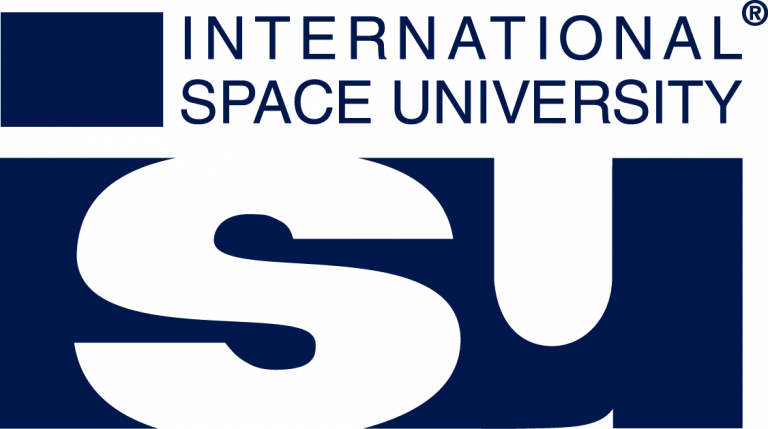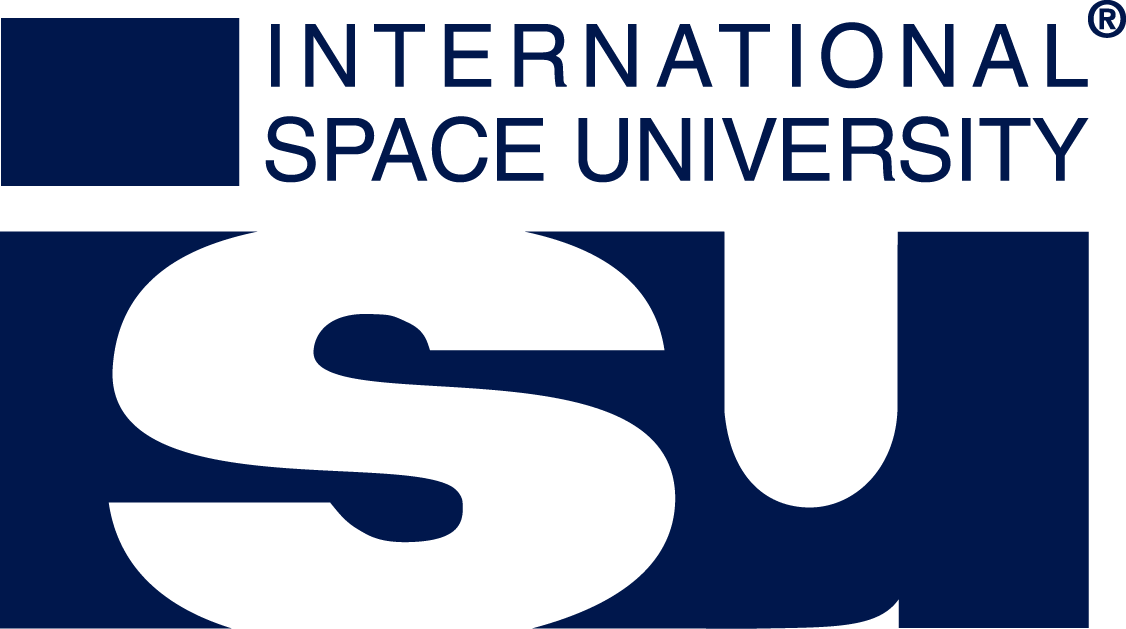Space Payloads Laboratory
Building on a strong heritage of successful projects, the ISU Space Payloads Laboratory (SPL) was established in 2019 to bring under one umbrella all of ISU’s space payload and spaceflight activities.
Introduction
The SPL remit includes not only the flight of chipsats, cubesats and cubelabs and other larger experiments, payloads and facilities, but also precursor activities such as ground test and microgravity droptower and parabolic flight precursors.
Environments for these payloads include terrestrial space analogs, Earth orbit, cis-lunar space, deep space and planetary/lunar surfaces.
Interdisciplinary in approach, SPL activities and payloads address a wide variety of areas such as education, the sciences, engineering, artistic/cultural engagement with space, and commercial undertakings.
SPL Projects
Hydra Space Station Payloads
The SPL has designed and built three ‘Hydra’ payload cubes to fly to the International Space Station (ISS) with the ICE Cubes Service. The three payloads feature innovative SPL-designed structures with significant design and construction out by ISU SPL students and were delivered to the ISS by SpaceX Falcon rocket and Dragon capsule and then installed in the ESA Columbus module.
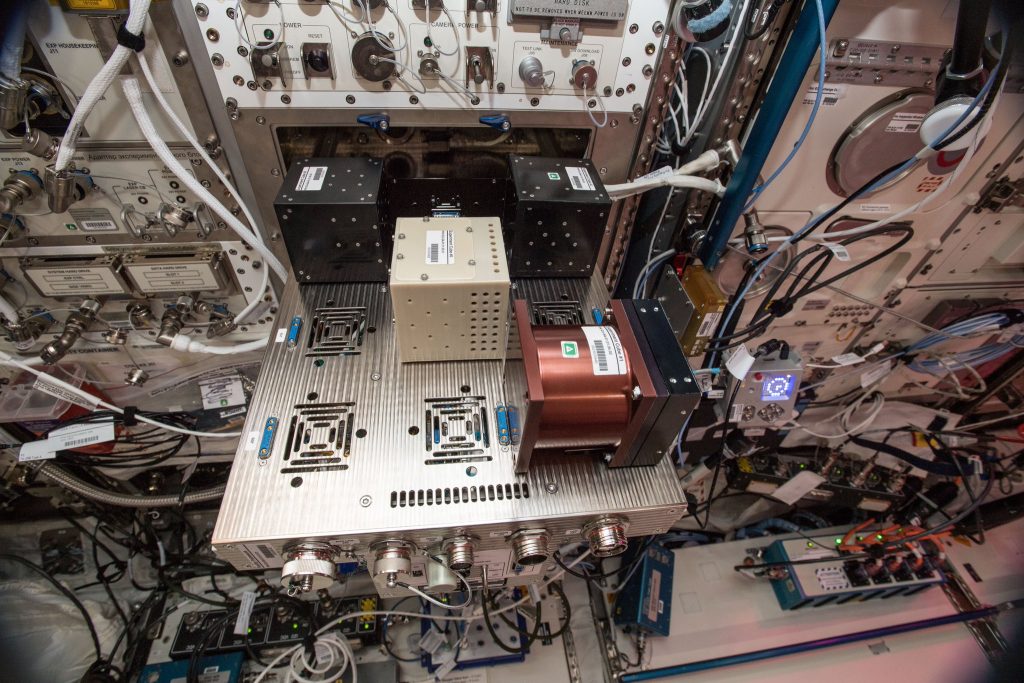
Hydra-1/PGE
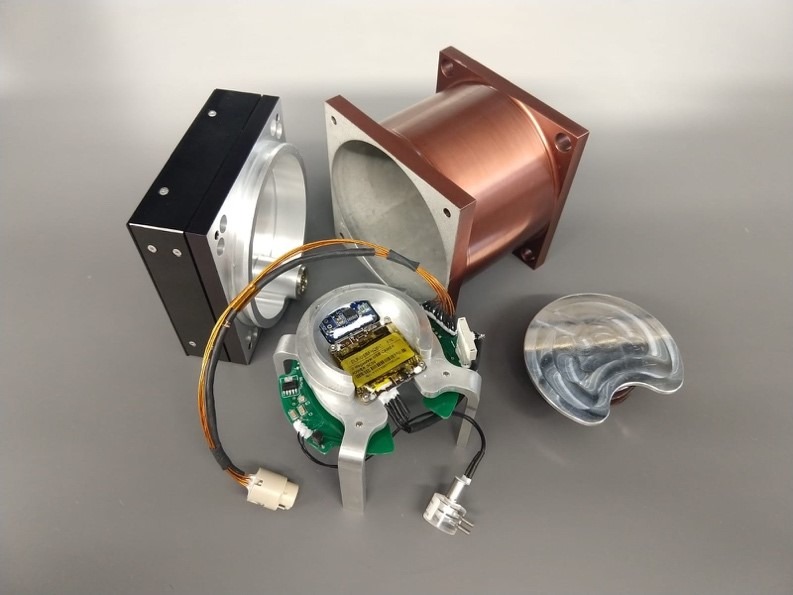
The SPL has designed and built three ‘Hydra’ payload cubes to fly to the International Space Station (ISS) with the ICE Cubes Service. The three payloads feature innovative SPL-designed structures with significant design and construction out by ISU SPL students and were delivered to the ISS by SpaceX Falcon rocket and Dragon capsule and then installed in the ESA Columbus module.
Hydra-2/MMARS
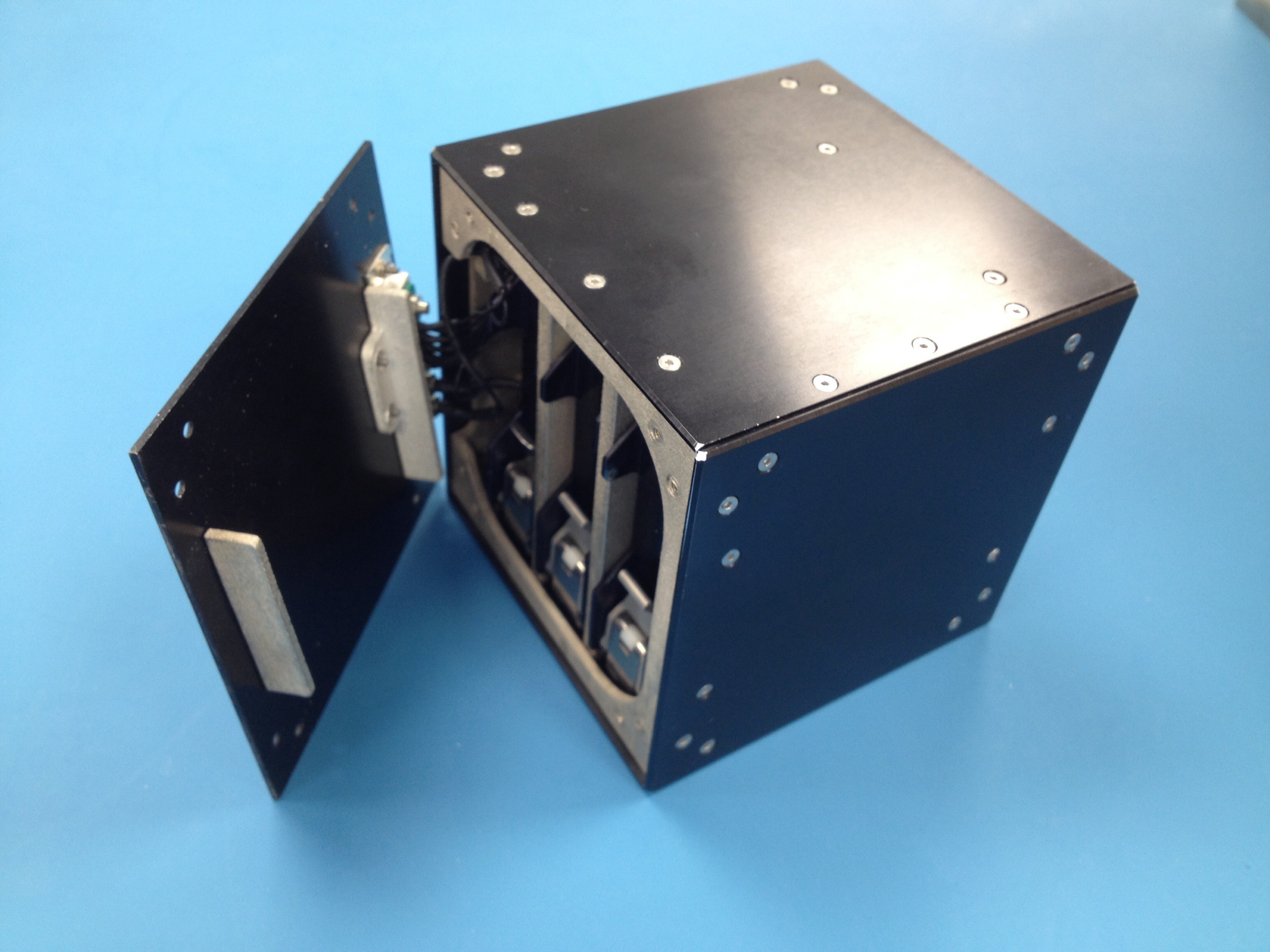
Hydra-2 was launched on 29 June 2018 and returned on 15 January 2019. Carried out in co-operation with science partners at the University of Strasbourg, University of New South Wales and DLR, its main objectives were investigation of the effect of space environment on methanogen growth and the effect of radiation on E coli DNA. Measurement of the radiation environment was a secondary objective.
Hydra-3/Pulse
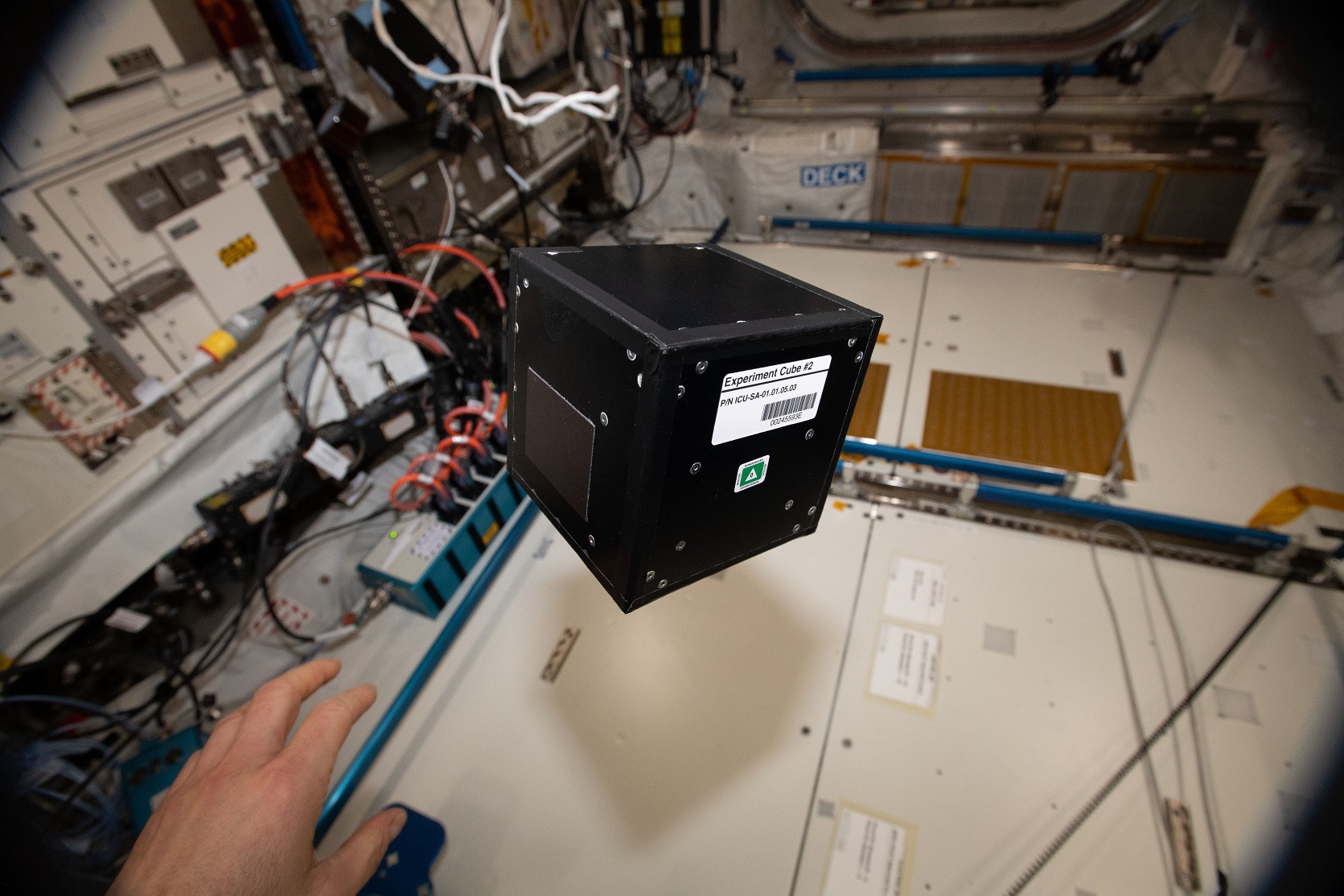
Hydra-3 was launched on 29 June 2018 and is scheduled to return early in 2021. Carried out in co-operation with artistic partners Studio Nahum and technical partners McQuarie University, its objective was to provide an interactive kaleidoscope art payload controlled from the ground from by human pulse measurements, together with a site-specific poem. A programmable FPGA board was also included, to investigate it performance in the ISSS radiation environment.
Project Bubbles
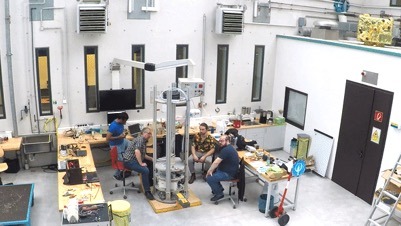
Project Bubbles was a student-led SPL investigation in to Single Bubble Sonoluminesence (SBSL), the emission of short bursts of light from imploding bubbles in a liquid when excited by sound. It was carried out as part of the ESA Academy’s Drop Your Thesis! 2019 campaign at the ZARM droptower in Bremen and was successful in achieving microgravity SBSL.
Team SPL
A wide range of people are involved with the Space Payloads Laboratory, from the faculty staff and students based in Strasbourg to the network of visiting researchers from around the world.
We also remember our alumni, former staff and students who have worked on SPL projects in the past.
SPL Partners
SPL partners with a number of universities and institutes. Currently, these include:
ECAM Strasbourg
GMGM Strasbourg
IBMP Strasbourg
Technical University Graz
Macquarie University
University of New South Wales
University of Stuttgart
NASA Ames Research Center
